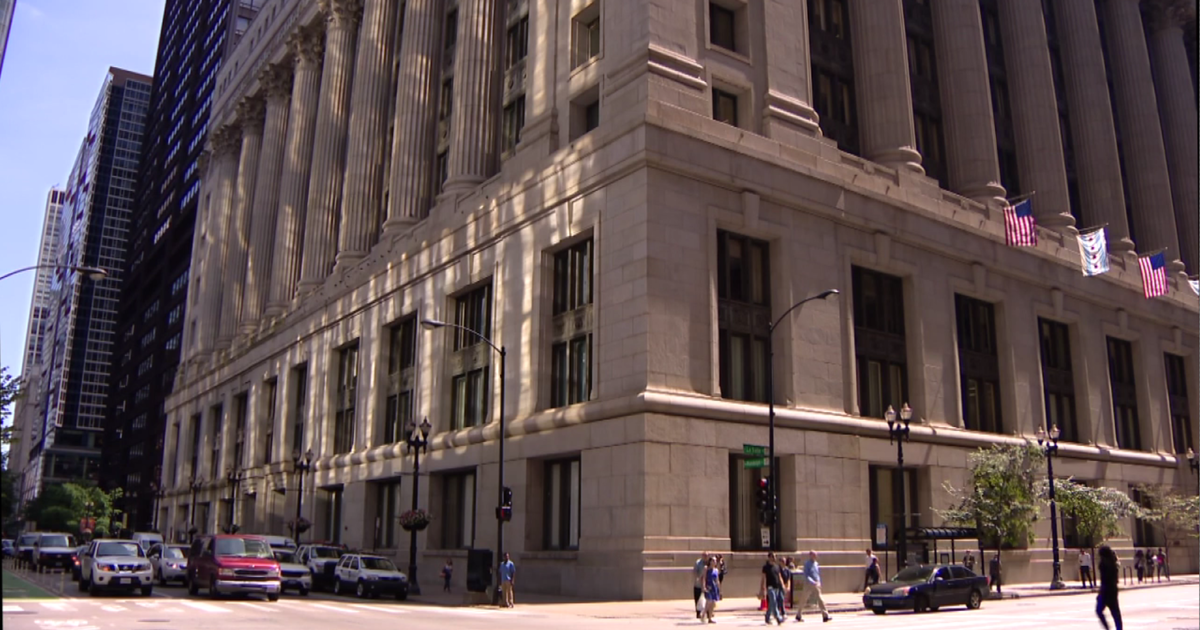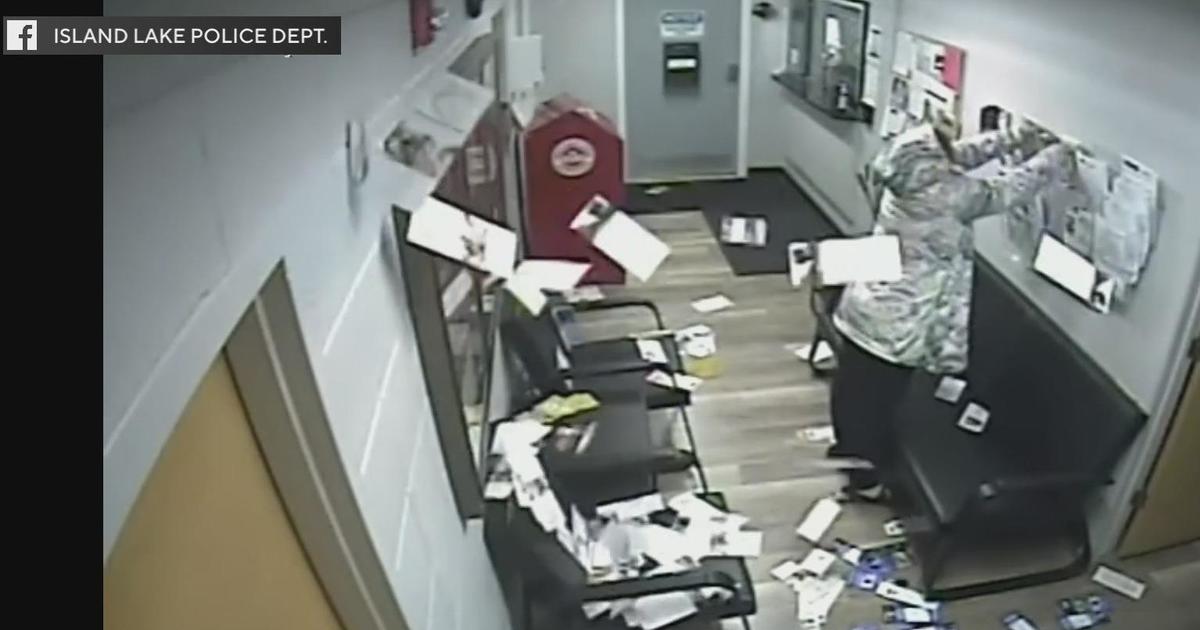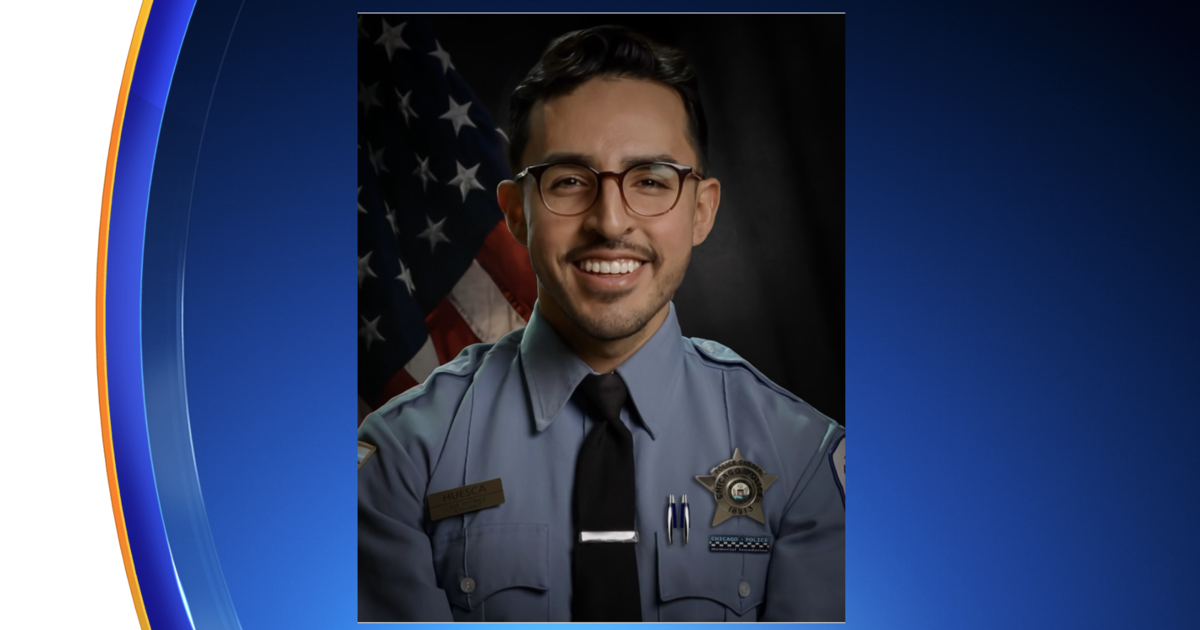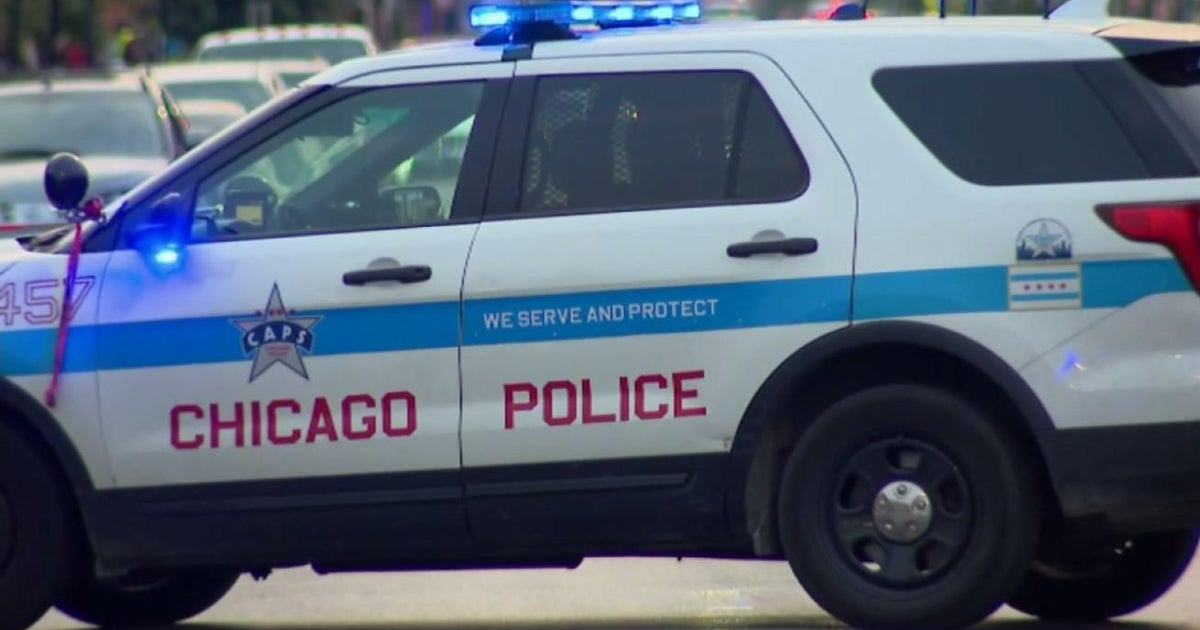New Report Reveals How Much More Likely Black People Are To Be Stopped And Subjected To Force By Chicago Police
by Todd Feurer and Megan Hickey
CHICAGO (CBS) -- Black people in Chicago are far more likely to be stopped by police and be subject to use of force by officers after those stops, according to a new report from the city's top watchdog.
An analysis by the Chicago Office of Inspector General (OIG) revealed just how big that disparity has been in recent years.
The inspector general's office analyzed nearly 2 ½ years of police stops and use-of-force incidents from Oct. 17, 2017, through Feb. 28, 2020, and found "an overwhelming disparity in the rates at which Black and non-Black people were stopped by the police." Those disparities happen in every district of the Chicago Police Department, regardless of the district's racial makeup.
For example in the 18th (Near North) District just north of downtown, the population is only 7.9% black, but 73.5% of investigatory stops during that time targeted Black people. Even in overwhelmingly Black police districts, Black people are still targeted at disproportionately high rates, such as in the 6th (Gresham) district on the South Side, where the population is 95.9% black, and 97.2% of investigatory stops targeted Black people.
"Black people were overwhelmingly disproportionately stopped by CPD, regardless of the demographic composition and crime level in the district of the stop," the report stated. "Black people were disproportionately subjected to force, regardless of district demographic composition and district crime level."
[scribd id=561963484 key=key-Ga9r4dwBgKRacd8HOnzi mode=scroll]
Overall, Black people make up approximately 30% of the city's population, but made up 68% of investigatory stops by police, and 84% of use of force incidents after investigatory stops during that time. From there, CPD was more likely to use higher-level force options against Blacks than against non-Blacks.
"Black people were far more likely to be stopped by the police than non-Black people in investigatory stops and traffic stops. This result was consistent across CPD Districts, and the disparity cannot be explained entirely by different patterns of officer behavior in the Districts that CPD defines as 'high crime' Districts," the OIG report stated. "Once stopped in an investigatory stop or traffic stop, Black people were more likely than non-Black people to face use of force. This result was also consistent across CPD Districts."
During investigatory stops, Black people also were subjected to a body search or pat-down 1.5 times more often than non-Black people, and their vehicles were searched 3.3 times more often than White drivers' cars, and 1.6 times more often than all non-Black drivers' vehicles.
University of Chicago law professor Craig Futterman pointed out that the data also shows Black Chicagoans are four times more likely to be shot and killed by Chicago Police than people who aren't Black.
"CPD data show what black people in Chicago have known throughout the history of this city and that's that race continues to be who gets stopped who gets searched who gets beaten and who gets killed," he said.
The report also found Latino people are more likely to face the use of deadly force in police use-of-force incidents than non-Latino people, while White people almost never face higher-level use of force then non-White people.
The OIG's findings are no surprise, given CPD is already facing court-ordered reforms in the wake of a 2016 Justice Department report that found systemic abuses by the Chicago Police Department against minorities, including officers routinely using excessive force against Black and Brown people.
A court-ordered consent decree requires CPD to review use of force policies every year, track foot pursuits, and document every time an officer points a gun at someone.
Meantime, the CBS 2 Investigators also have documented how police often fail to activate their body cameras during stops, especially when it's a person of color being stopped.
CBS 2 obtained data on more than 340,000 of those stops between the start of 2018 — the first full year all patrol officers had body cameras — and June 30, 2020.
More than 62,000 stops during that period didn't have body camera video, the data showed.
About half of the interactions that weren't recorded involved police officers who are not required by policy to wear body cameras, including those on specialized teams.
In order to find out how many stops were potential policy violations, CBS 2 isolated stops made by cops who would normally wear body cameras. It shows about 34,000 stops — roughly 10 percent — were made by officers not assigned to gang, gun or saturation teams.
Since the time all patrol officers were given cameras, stops captured on body camera by officers who normally wear them increased steadily, from about 86 percent at the start of 2018 to more than 92 percent by June 2020.
The OIG report did not address those statistics regarding body camera use. As for its analysis of police stops and use of force, the report was only an evaluation of CPD data, so did not include any recommendations for further reforms at CPD.
"OIG hopes this report will stand as an authoritative factual foundation for continued efforts to understand the root causes of disparities in CPD's use of force and to minimize harms stemming from CPD's use of force," the report stated.
Nonetheless, the report was sent to the Chicago Police Department so it could be used to improve their practices regarding investigatory stops and use of force.
In a response included in the report, CPD said it "has made great strides in Use of Force and Procedural Justice training and has revised numerous policies including, but not limited to, the entire Use of Force suite of orders."
"In fact, the Department has achieved preliminary compliance on the use of force paragraphs in the Consent Decree," CPD said in its response.
However, the independent monitor tasked with overseeing CPD's compliance with the consent decree has repeatedly found, while the department is making improved progress on implementing the court-ordered reforms, they still have a long way to go towards making the all of the necessary improvements.
"The thing that hasn't changed is who are the victims of police use of force, who are the victims of police violence, and that's the same in 2020, 2021 as it is and was in 2018," Futterman said.
Futterman was careful to note that one of the findings in the data that isn't highlighted is that, since 2014 and the crucial Laquan MacDonald shooting case that led to so much reform in the city, Chicago Police violence is down, and there are fewer fatal use of force cases. But still, this report finds Black Chicagoans are subjected to uses of force at a much higher rate than their non-Black counterparts.



